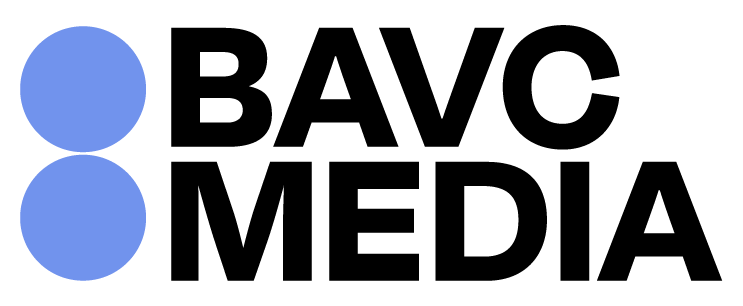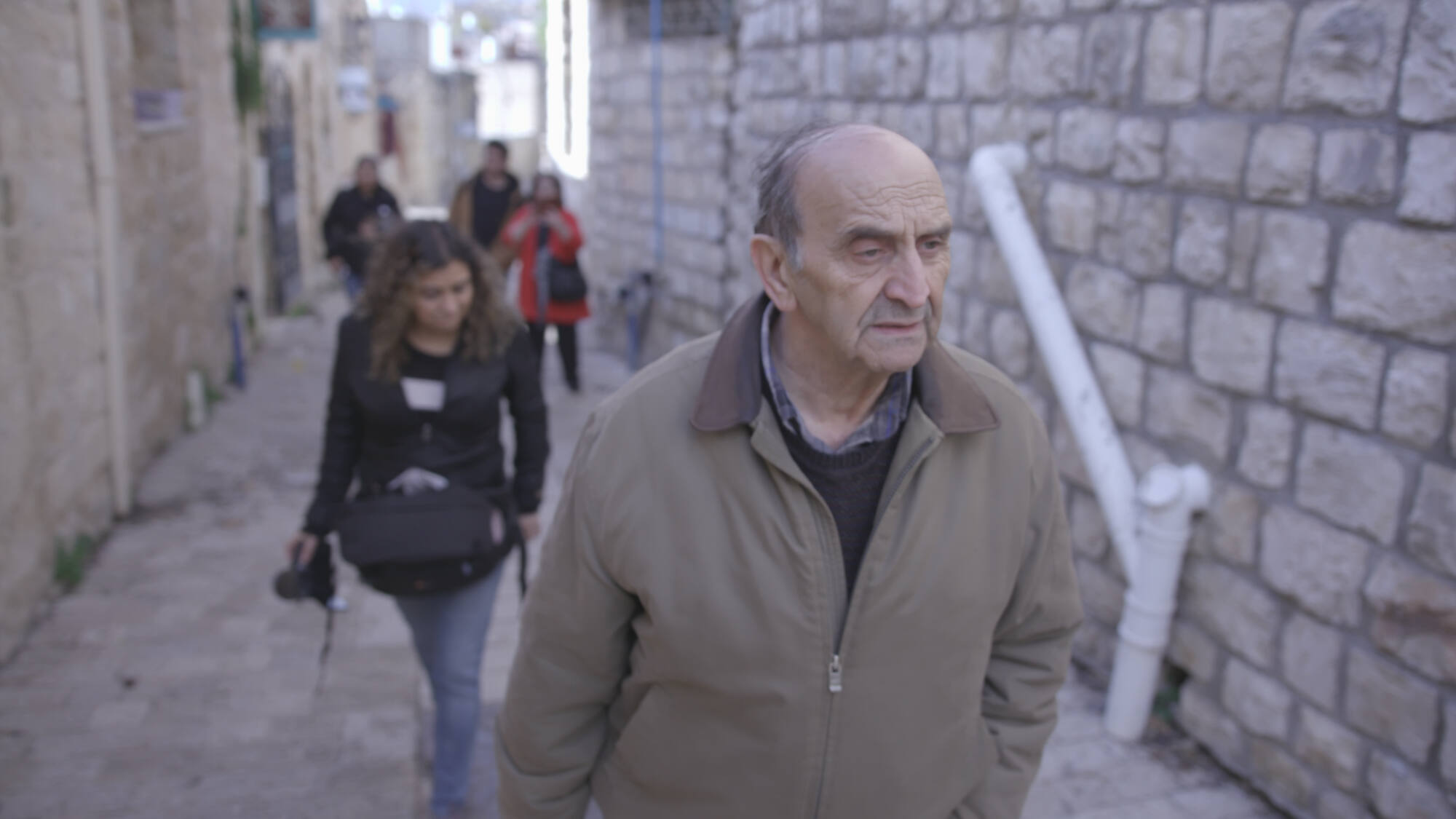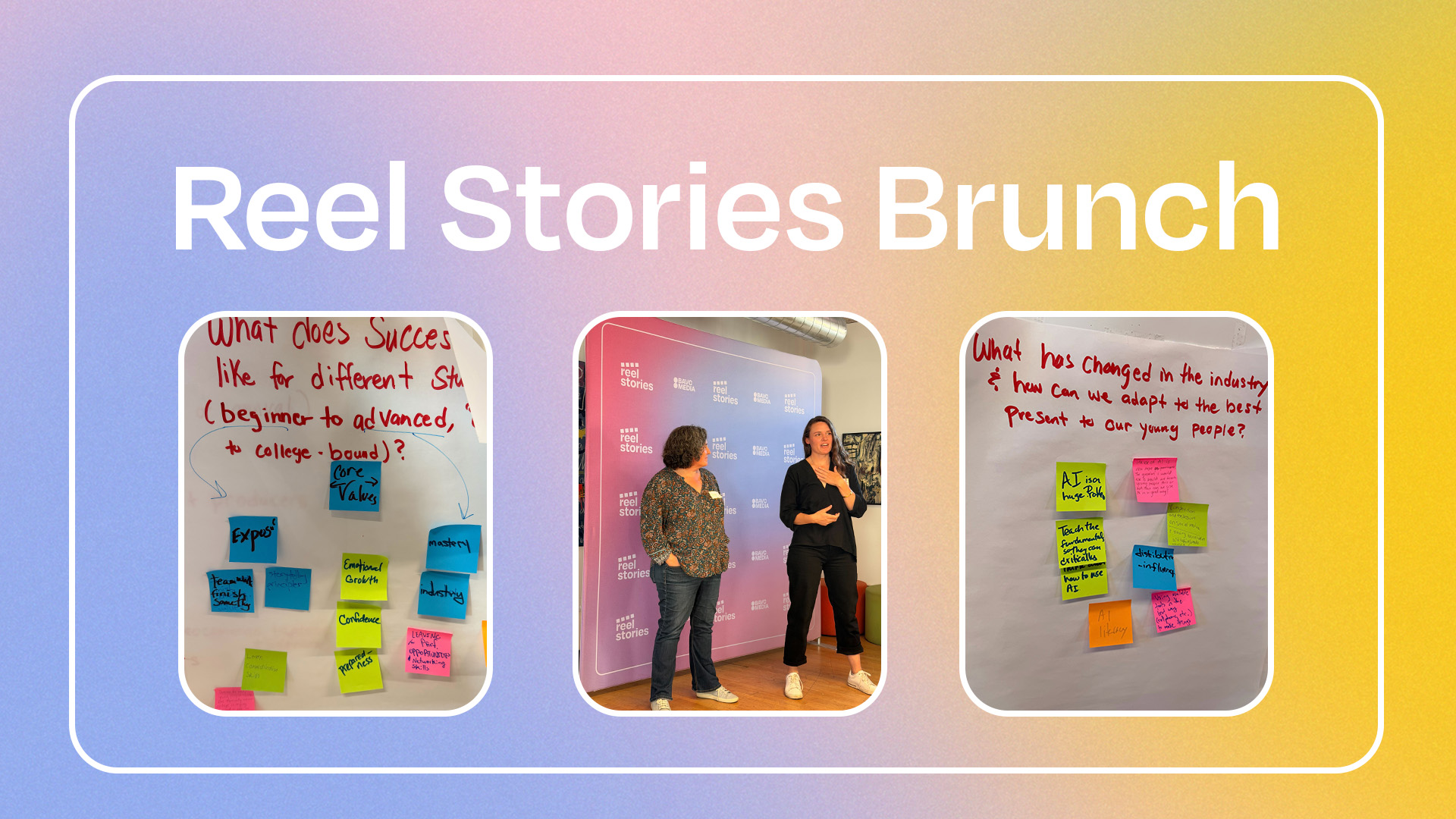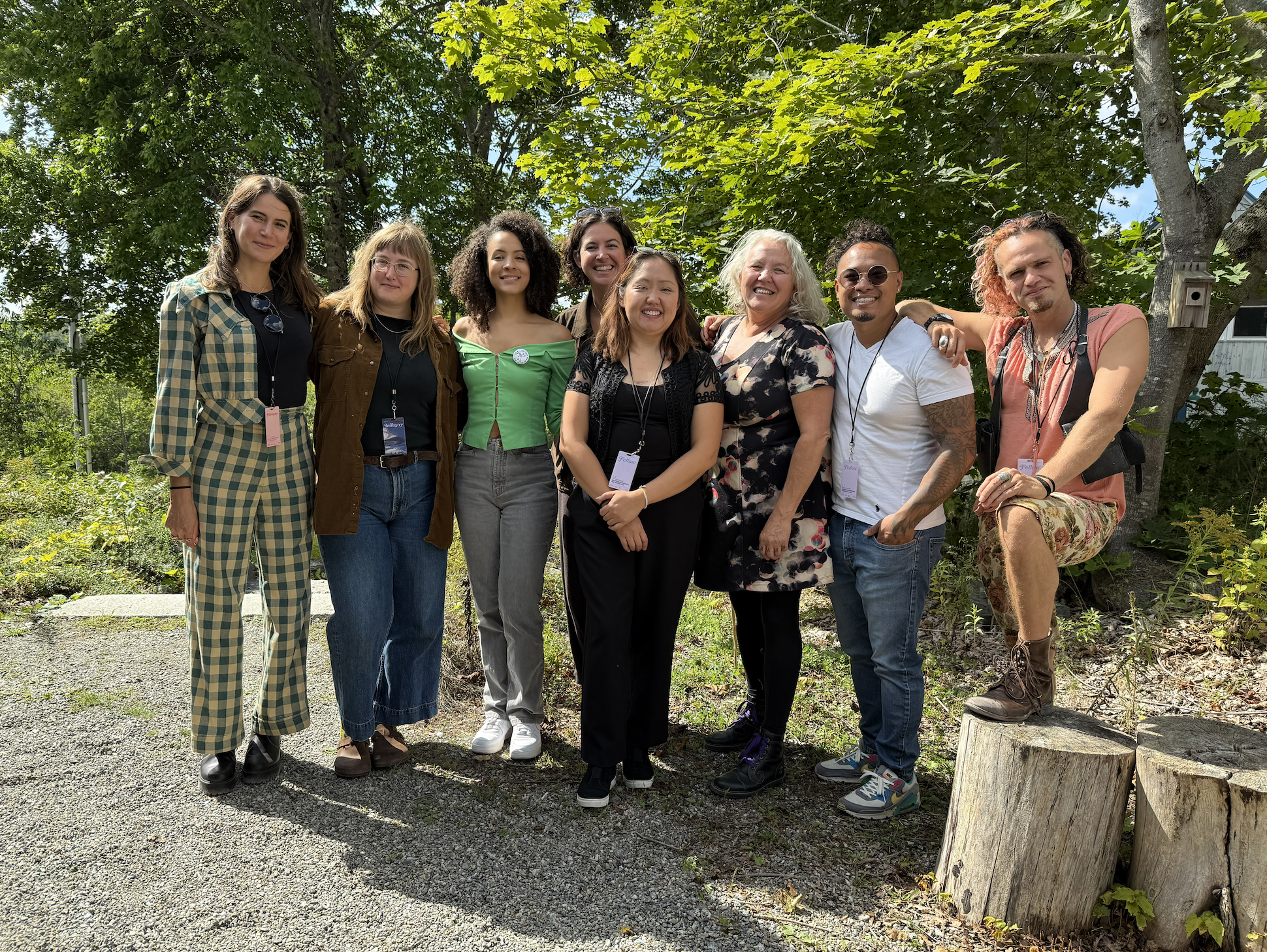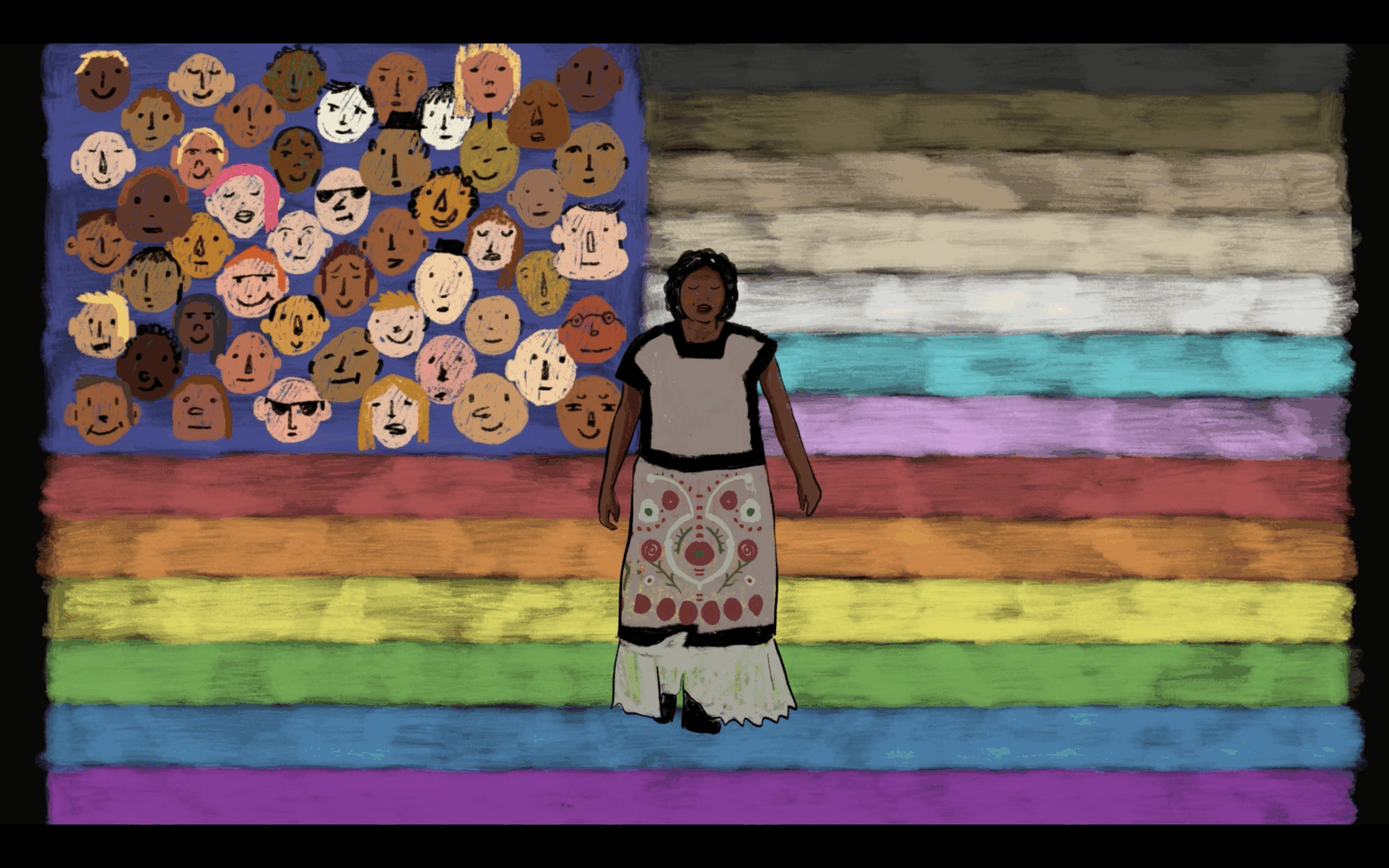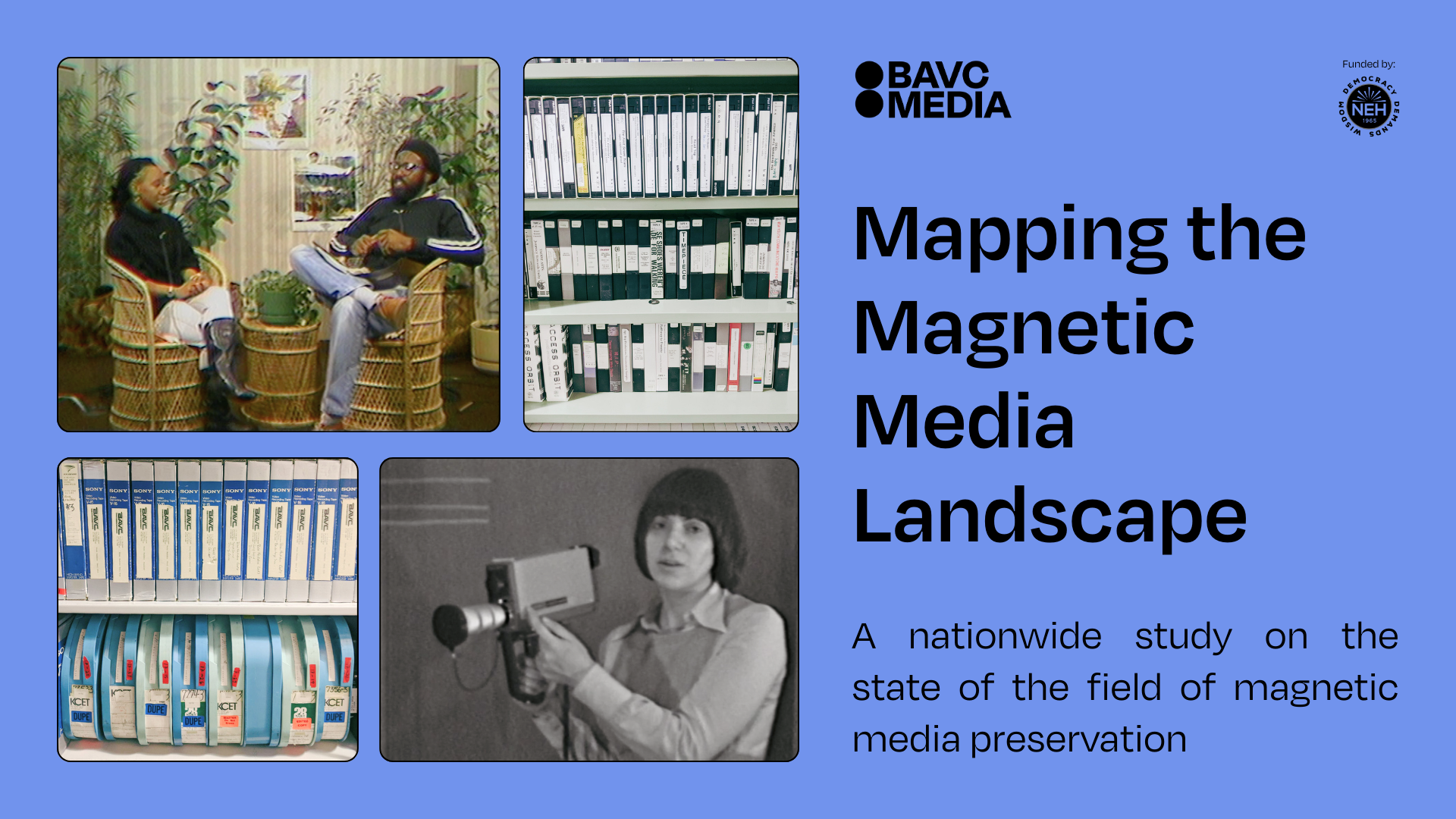Failed utopias and resilient publics: Interviews with BAVC Media’s 2017-18 Residents, Andrea Rodriguez and Erica Molesworth
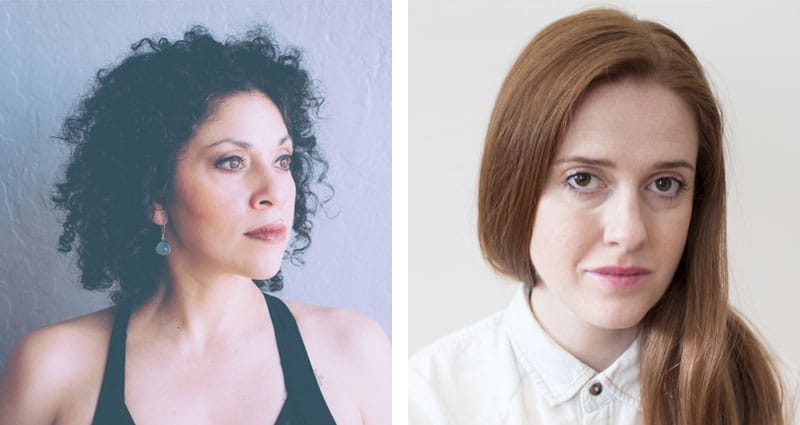
Last month, BAVC Media announced Andrea Rodriguez and Erica Molesworth (pictured above) as the recipients of our 2017-18 Residency program. With support from the San Francisco Film Commission, the Residency builds on the successes of BAVC Media’s previous Artist-in-Residence program, offering participants a shared work space, industry-standard equipment, and opportunities to take advantage of BAVC Media’s courses and share out their projects with their creative peers and the public. Although Andrea and Erica have backgrounds in different disciplines (Andrea, in dance and interactive design, and Erica, in visual art with an emphasis on photography) and radically different creative practices, the projects they’ve proposed working on while in residence still resonate off one another.
Broadly speaking, both Residents employ video as a means to track and re-vision the cultural geographies that shape specific locations. In Andrea’s case, this perspectival shift is literal: her 360-degree videos will invite the viewer to join a rumba dance troupe on 24th Street in The Mission– a mural come to life – while highlighting how the surrounding artists, dancers and musicians have been affected by the successive waves of gentrification that continue to change the neighborhood. Erica’s documentary-esque video essays, on the other hand, consider the tech industry’s philosophical roots and ambiguous present by dwelling on the corporate and scientific sites — some right in the Bay Area — that are the architectural embodiment of the ambitions and failures of the Silicon Valley ethos. But following a Google bus’s commute route from Mission St. to Mountain View is only one way to draw a line between these artist’s work. Hopefully more connections are made across the following interviews in which Andrea and Erica discuss their practices, their projects and what they hope to accomplish while at BAVC Media.
Andrea Rodriguez
1) You have an extensive background in dance and performance but you work in interactive design. How did you bridge these interests?
While studying dance at UCLA in 2005, I took a video production course and fell in love with choreographing dance for the camera pieces. For my senior thesis, I shot a short documentary about the women in my family making tamales. For my showcase, I was choreographing my dancers on the stage and wanted to project clips from the documentary on their costume skirts. No one in my department knew how to do this! Little did I know I was stepping into the world of projection mapping. This led me to attending USC, School of Cinematic Arts, Interactive Media Division to study interactive design. Heavily influenced by my fellow cohort of predominately game designers, I found myself studying game design and usability experience. For my MFA thesis, I directed and produced a transmedia project which included a film and interactive dance game installation, called Nahui Ollin. Bridging my worlds of dance and interactivity I landed my dream job as a Producer for the Zumba Fitness Games Franchise. I’m always searching for the intersection, the in between to find the connections. Sometimes it’s through sound and music, other times it’s with visuals, or its invoking emotions with music, visuals and/or movement. My goal is to get people to move! Whether that is working digitally for the screen, physically teaching dance or performing on stage, I want my audience, viewers and users to feel inspired to move!
2) Can you talk a bit more about your proposed Residence project? Why showcase dance traditions rooted in the Mission District using 360 degree video?
As a native San Franciscan from the Mission, I am honored to have grown up in one of the most culturally diverse music and dance communities. I am a founding member of Loco Bloco and was mentored and worked for Mission Girls Services. Growing up I took pride dancing in special events such as the S.F Carnaval. Founded in 1979, Carnaval highlights the community and exemplifies a sense Latinidad and pride in the Mission District. Since 2000, over 8,000 Latinos have been displaced in the Mission. With a wave of gentrification that has hit my community over the last two decades, there is a sense of sadness I sometimes feel when I walk down 24th St. But, we are still here! There is a live and thriving music and dance community that is continuing various Latinidad traditions. My goal is to showcase that Latin music and dance is thriving in the Mission. I want to take viewers on a 360 experience from this S.F native Latinas perspective and tell our story.
3) What do you hope to gain during your time as a Resident?
Developing 360 degree films is a fairly new field. I hope to gain support for my research by developing my 360 degree case studies. I’ll be looking at how to choreograph for a 360 degree environment and taking a closer look at various dance styles performed in a circular formation, such as rumba, hip hop, bomba, and house dance. My goal is to work with a few dance companies in the Mission and Bay Area to create a few 360 degree videos. I hope to gain support for my project and utilize all the wonderful resources that BAVC Media will provides such as production, responsive design classes and gain feedback from the wonderful staff and community.
4) Do you have any words of advice for those of us who feel self-conscious about dancing in public?
YES! If you find yourself in a public place and one of your favorite jams is playing on the airwaves, your adrenaline starts to pump and you feel nervous… stop to feel your feet on the floor and slightly rock your knees to the bass. Allow your feet to be heavy, open your heart (chest) take a deep breath in, smile and let go. Remove all negative thoughts and let your body flow!
Erica Molesworth
1) Can you provide some context for your video work? At first glance it resembles narrative documentary but upon closer inspection reveals itself to be working in very different ways.
I come from a conceptual art and photography background and have consequently been very wary of the documentary form. However, with this project, I spent a lot of time researching the history, ideas and people connected with the places I am filming. I was thinking about ways to bring in that research without shutting down the meaning and interpretation of these sites. The work speaks to the specificities of the landscape, architecture and economics of these places, but also to the way fantasy and speculation imbue our understanding of their past and present, as well as our ability to imagine how their futures could be shifted and changed. The work becomes a hybrid form in this way, combining research and speculation, real and imaginary worlds, music, text, voiceover, multiple types of video, including drone and found internet footage, and stock images.
2) You are drawn to locations, such as the BioSphere II in Arizona or corporate campuses in Silicon Valley, whose histories complicate the utopian visions of technology on which they were founded. Can you talk more about what you find compelling about such sites?
These sites represent both actual places and also operate as mechanisms for exploring some key questions about how we structure our societies. Both Silicon Valley and the Biosphere have links with Utopian and counterculture communities within the American West, and in many ways come out of an intersection of these with capital. The architecture and aesthetics of both places is also fascinating to me since it references utopian-inspired architecture such as geodesic domes, while also drawing heavily from science fiction and space travel, as well as economic realities. Both places too want to stake a claim on the future and how we inhabit and shape the world, in terms of human relationships but also our relationship to the environment. So especially in these times, it is important for me to use researched details and the inclusion of other, alternative sites to complicate these places. I do not want to cede the practice of visioning the future and imagining more ethical societies only to those with the most resources and the most to sell.
3) What are you looking forward to most about your time as a Resident?
I am really looking forward to being able to have the space to refine my post-production skills and receive feedback on my project from within an established organization that is focused on video and media. I am excited to take advantage of BAVC Media classes to brush up on my skills in more advanced editing, After Effects, compositing and 3D to better express my ideas about fantasy and technology. I also can’t wait to expand this project through shooting and editing with the help of BAVC Media resources, as well as participating in peer feedback sessions and opportunities to discuss work-in-progress.
4) What media have you been consuming lately?
I am always consuming a lot of YouTube! I have been going down online rabbit-holes related to space travel and colonization, and ending up at clips like 1960s Russian music about the cosmonauts. I also enjoy going through other archives like Electronic Arts Intermix and UbuWeb, and recently saw some great artist videos IRL at Kala, Minnesota Street and YBCA. I also watched the new Twin Peaks!
